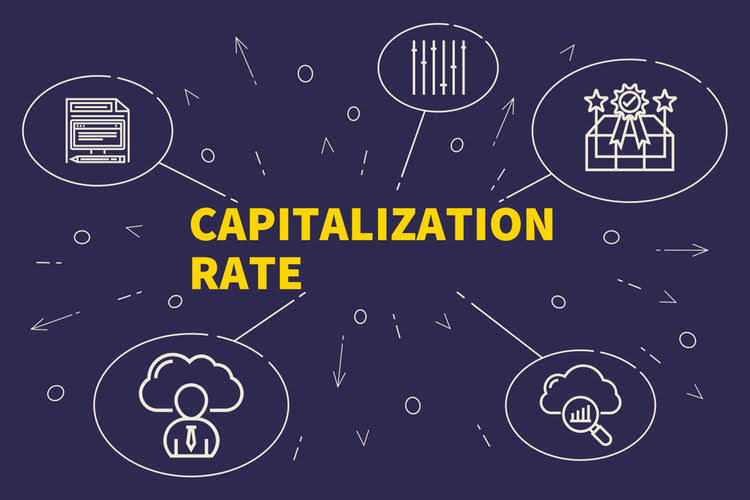Taming the Beast: Your Guide to a Consistent Decision-Making Process Root, a part of Accenture

Standard resources are consulted (eg, MEDLINE or PubMed for primary studies, the Cochrane Collaboration for systematic reviews of treatment options for specific clinical questions and other less structured reviews in the medical literature). Areas such as employee safety, compliance, conduct and income statement employee leave will always need clear rules. Outside of these specific areas, corporate policies should be concise and instead offer guidance to employees.
- For EBM analysis, the highest level of evidence available should be used.
- HBS Online does not use race, gender, ethnicity, or any protected class as criteria for enrollment for any HBS Online program.
- Dozens of clinical questions must be addressed during the course of a day in a clinical practice.
- There are definitely instances in which having clear corporate policies is necessary for everyday operations, no matter the organizational growth stage.
- Without life insurance and unable to afford the astronomical bill of her 8 days in emergency care (never mind burial expenses) Kayden didn’t have the luxury of taking time to grieve his mom.
Clinical Pharmacy Education, Practice and Research

Being “fair” in the workplace is often ambiguous, but it’s vital to ethical decision-making. Whether explicit or implicit, you must overcome bias to make ethical, fair decisions. A bias is a systematic, often unconscious inclination toward a belief, opinion, perspective, or decision. It influences how you perceive and interpret information, make judgments, and behave. With such a large portion of your company’s performance relying on your guidance, here are seven ways to improve your ethical decision-making.

Formulating a clinical question
- Identifying the core issue allows you to address it and set expectations accordingly.
- Clinical guidelines have become widely available across the practice of medicine; many specialty societies have published such guidelines.
- Communicating your decision will help you explain the reasons, benefits, and implications of your decision, as well as address any questions, concerns, or objections that might arise.
- This model lays out an additional set of guidelines, a structured approach that can help you make a good decision in light of organization values, procedures, and precedents, a balance system that pays dividends within groups over time.
- HBS Online’s CORe and CLIMB programs require the completion of a brief application.
“By understanding different kinds of bias and how they can show themselves in the workplace, we can reflect on past decisions, experiences, and emotions to help identify problem areas,” Hsieh says in the course. Yet, making ethical decisions can be difficult in the workplace and often requires dealing with ambiguous situations. While there are times where a hard policy is important, leaders often convince themselves that everything must be perfect and allow for no variance to get the best outcomes. Finally, you need to review your decision and its results regularly and adjust it if necessary. Reviewing your decision will help you monitor the progress, performance, and impact of your decision, as well as identify any gaps, errors, or risks that might affect it. Adjusting your decision will help you adapt to changing circumstances, feedback, or new information, as well as improve your decision-making process for future decisions.
- Reviewing your decision will help you monitor the progress, performance, and impact of your decision, as well as identify any gaps, errors, or risks that might affect it.
- According to Harvard Business School Professor Len Schlesinger, who’s featured in the online course Management Essentials, decision-making is one of the processes you can use to your advantage.
- Every day consists of thousands of decisions that are affected by a number of factors including powerful cognitive biases, big and small, that add up to shape the direction you move in.
- Many guidelines are developed using a specified method that incorporates principles of EBM and consensus or Delphi process recommendations made by a panel of experts.
- But when co-star and friend, Leonardo DiCaprio stepped in, he had only a few words of encouragement that helped to shape a new outlook for the Titanic actress.
- Not only did community members step up and come to his aid with donations, hugs, and prayers, but they also shared the young boy’s plight on social media and contacted local news stations to spread the word.
Take a Process-Oriented Approach
In this stage, talk to people with more experience, read up on similar decisions made in the past, and get familiar with the facts. When you have the self-confidence to make tough calls under pressure, you’re more likely to make good decisions and follow through on your chosen course of action without distraction from doubts and personal insecurities. Participants of a 2006 study estimated decision making framework it was somewhere around 15. The study found we make over 200 decisions a day just related to food and beverage choices alone.


The crucial difference between evidence-based medicine and non–evidence-based medicine methods is that the former necessitates that judgments are consistent with underlying evidence, whereas the latter do not. Once you better understand your core beliefs, values, and ideals, it’s easier to commit to ethical guidelines in the workplace. If you get stuck when making challenging decisions, revisit those questions for guidance. While all organizations should have policies of some sort in writing, it is especially important when they hit growth milestones. This is when you start to have multiple managers, teams, departments, branches or divisions, meaning more room for interpretation and misinterpretation of expectations. Early corporate policies should document procedures, such as who does what, or deal with customer issues, such as refund policies.
Using a framework will help you organize your information, compare your options, and justify your decision. Enhancing your decision-making capabilities can be an integral part of your journey to becoming a better manager, reaching your business goals, and advancing your career. In addition to real-world experience, furthering your education by taking a management training course can equip you with a wide range of skills and knowledge that enable both your team and organization to thrive. Revisiting purpose is especially important when making decisions related to complex initiatives—such as organizational change—to ensure your team feels motivated and aligned and https://www.bookstime.com/ understands how their contributions tie into larger objectives. This model lays out an additional set of guidelines, a structured approach that can help you make a good decision in light of organization values, procedures, and precedents, a balance system that pays dividends within groups over time. When it comes to organizational behavior and making decisions that lead to better outcomes within group dynamics, there are additional factors to consider when you’re weighing the possible alternatives.
